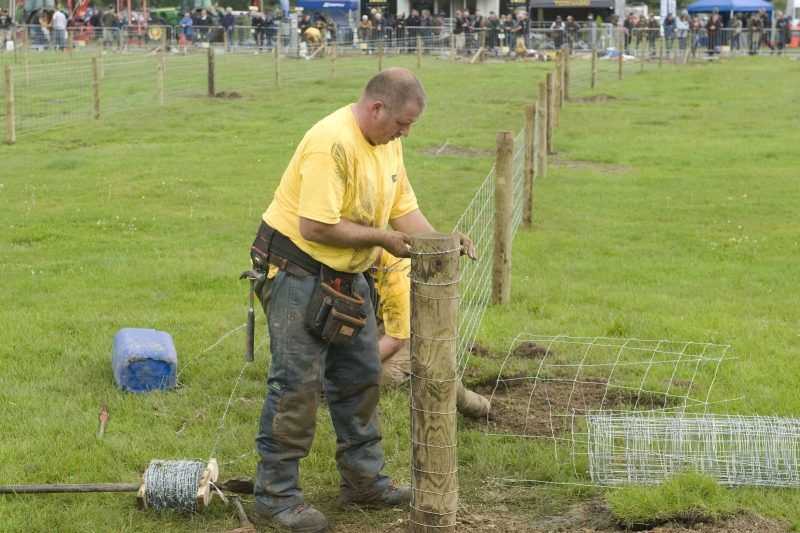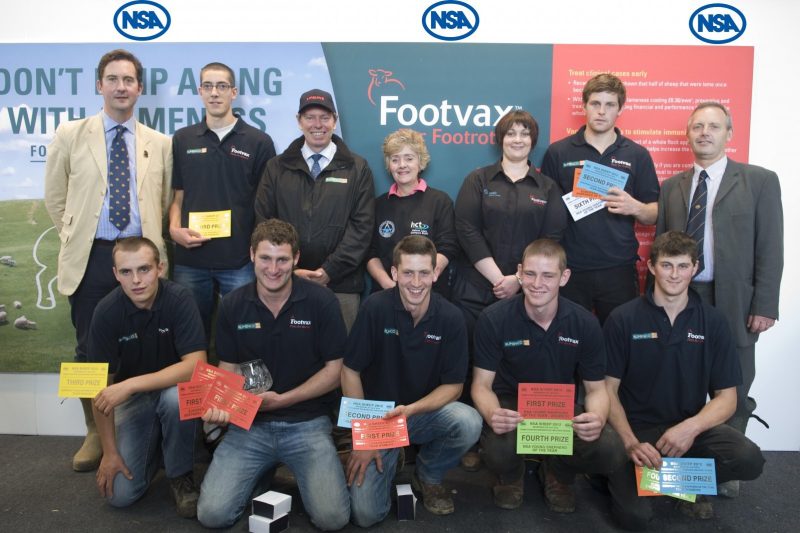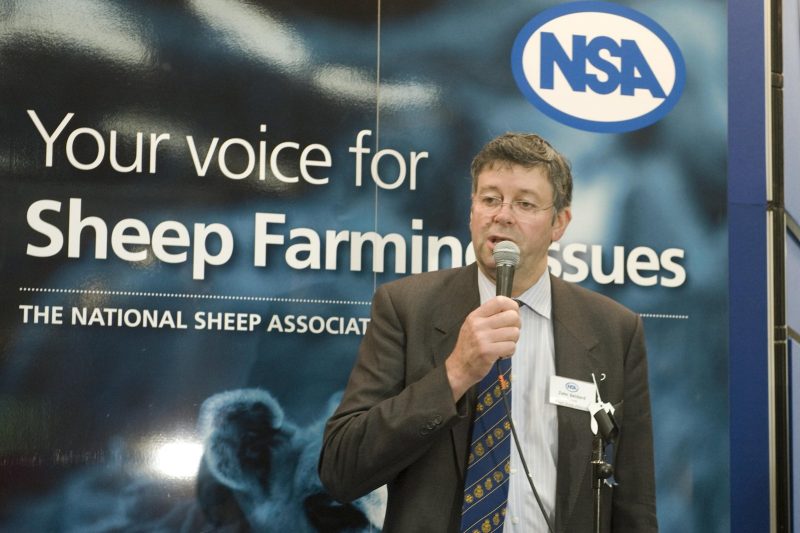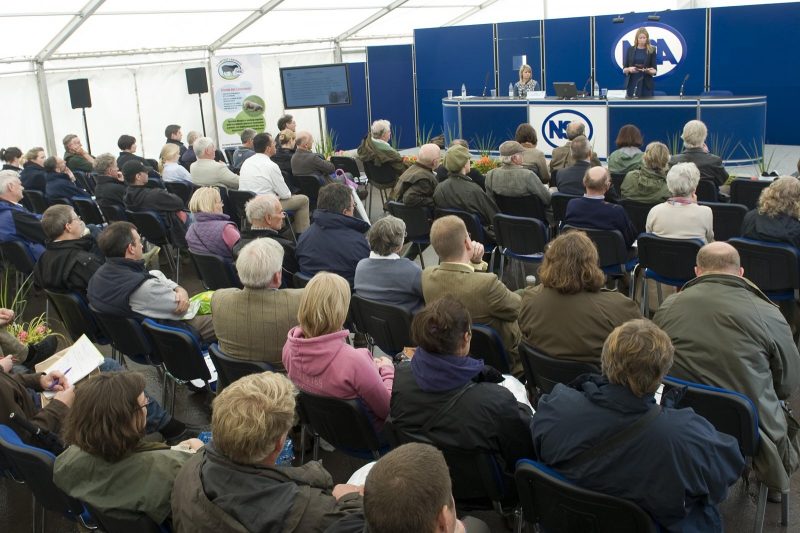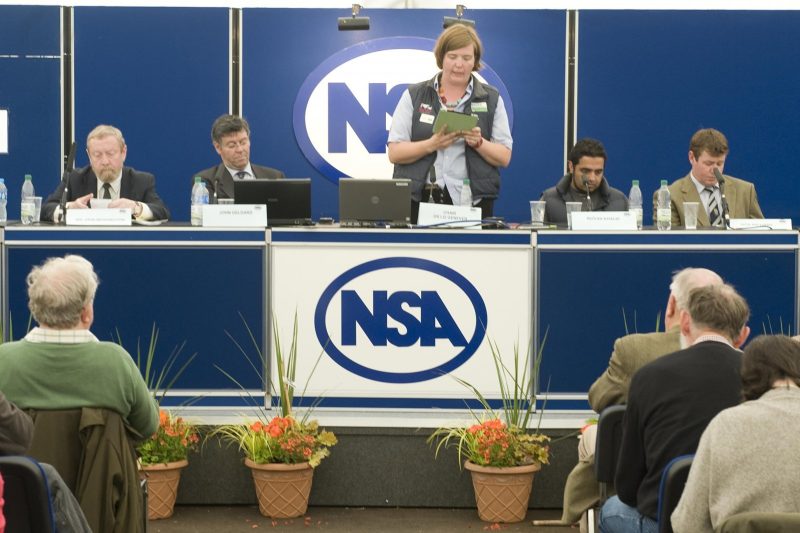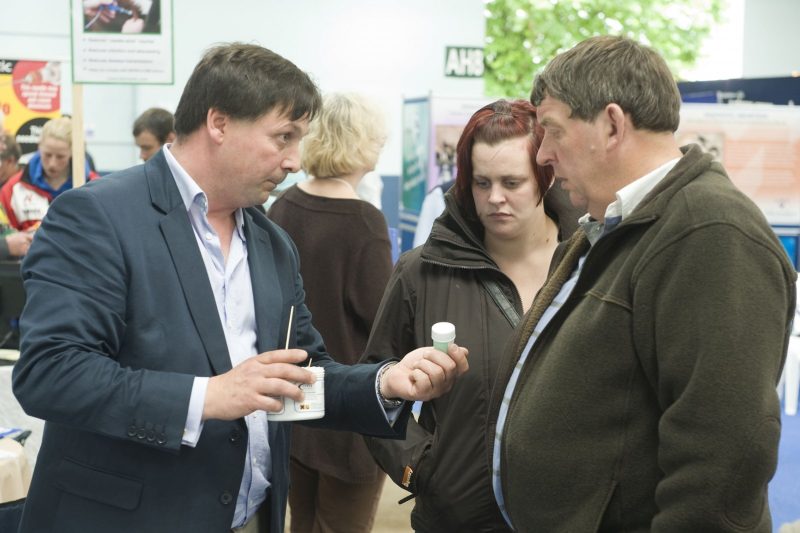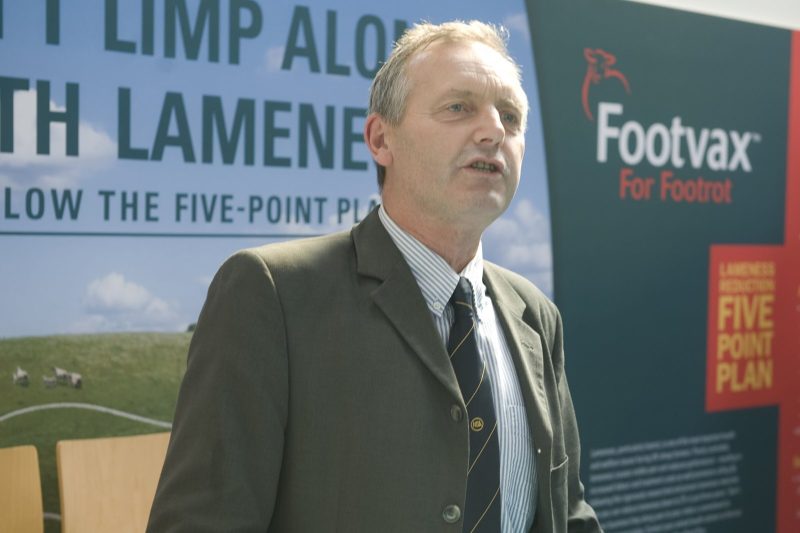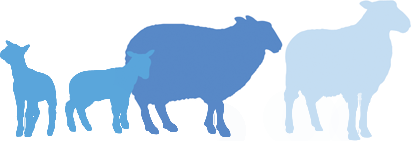NSA Sheep 2012
Date: 4th Jul 2012
NSA Sheep 2012, the sector’s biennial premier business-to-business event, was staged at the Three Counties Showground, Malvern, Worcestershire, on Wednesday 4th July. It was hailed a resounding success, attracting a record turnout of more than 11,000 visitors doing business with 270 exhibitors.
In addition to Sir John Bebbington, Government Chief Scientist, officially opening the event, it attracted some of the industry’s key decision makers including Government Chief Veterinary Officer Nigel Gibbens and members of the Animal Health and Welfare Board for England, all present to learn more about the industry.
With 270 exhibitors present there was something for all interests – from breeders and breed societies, training and education, feed and supplement suppliers, health and welfare products, equipment manufacturers and much, much more. NSA’s work with SCOPS was highlighted in an interactive display that attracted enormous attention, demonstrating drenching techniques, gun calibration and discussion over strategies to avoid anthelmintic resistance.
Seminars
The marquee was busy all day with good numbers of interested people taking the weight off their feet and listening to presentations and discussion on topics that included: maximising forage, parasite control, lameness, new feeding opportunities, and young entrants. These subjects surrounded the big debate topics of ‘what sustainable intensification means for sheep’, ‘ways to produce more from less’ and ‘balancing food production and the environment’. Debates like this usually are, and should be, controversial and thought provoking, and these were no exception.
The seminar outcomes made it clear that recognition of the importance of food production needed to be higher up the agenda and clearer in policies and incentives, but that there should not be a conflict between increasing production and environmental objectives – a healthy sheep industry and healthy environments can go hand in hand. There is much we can do to improve our productivity in beyond simply increasing flock numbers - healthy sheep with good nutrition will reduce losses and increase output, and at the same time reduce the carbon footprint of the industry.
Finally while there will always be fine balances between ideal upland stocking rates there should be a new approach of identifying ‘optimal land use’ in these areas, and in lowland areas far more could be done to re-integrate sheep into rotational cropping situations. These debates will inform much of the NSAs policy work particularly in the current round of CAP reform.


